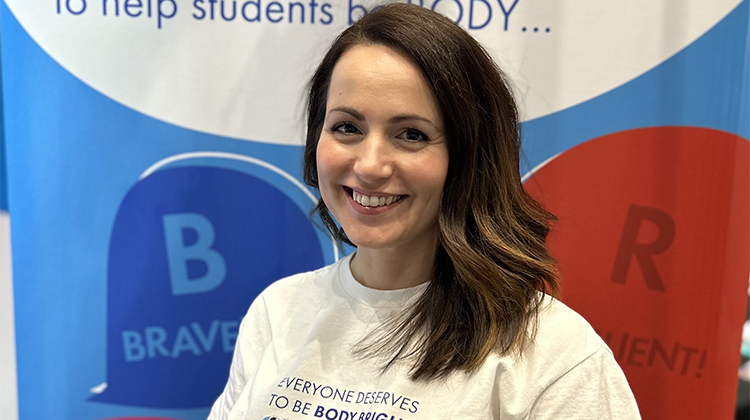Schools Critical in Addressing Body Image

Every day young people regard themselves in the mirror and many don’t like what they see. While nothing new, body image remains a persistent issue and in its more extreme cases can lead to students avoiding school, or worse.
Body image concerns existed long before the advent of social media, however, we do know that many young people are reporting that social media makes them feel dissatisfied with their bodies. More than half (57.2%) of young people report that social media makes them feel unhappy with their bodies. The effect is especially pronounced among girls and gender-diverse youth, with over 45% reporting negative impacts, compared to around 22% of boys.
“Social media can contribute to negative body image as it’s a constant avenue of exposure to societal appearance ideals and a source of appearance comparison. In particular, photo-based platforms are of greater influence. There is research that has shown that the more young people engage in photo editing and taking multiple selfies, the more detrimental that is to their body image,” says Dr Stephanie Damiano, Manager of Butterfly Body Bright.
“When we consider that in the past, we were exposed to ‘ideal ways of looking’ through magazines, which might have come out monthly, now through social media we can be bombarded with this content around the clock, simply in the palm of our hand. This can be really difficult for young people in particular to navigate. Especially when we consider the potentially harmful content on social media around body weight, shape, diets, extreme workouts, and all of this masked as ‘wellness’ or ‘looking yourself’ at the moment. It’s understandable why this is having a negative impact on young people.”
There is a strong demand for change, with 7 in 10 young people agreeing that social media platforms should do more to promote positive body image.
Evidently the majority (78.5%) of young people have experienced negative comments about their appearance or appearance-related teasing.
“Many young people, in an attempt to stop the bullying/teasing, feel that if they reduce their size or change the way they look, the bullying will stop. Unfortunately, the behaviours they may adopt to do so can cause other issues for that young person and increase their risk of developing serious eating and body image issues. We also know that changing yourself is not necessarily the solution to stopping or preventing teasing, because people experience teasing for a whole range of reasons and aspects of appearance.”
Building resilience might be one part of what we might foster in the young, helping them to see that they, and their body, are not the problem, but that the teasing behaviour is the problem.
“We also want to build their confidence to stand up for themselves and others, to say when those comments are not OK. It’s not always easy to do, so we want to create environments where appearance-teasing and bullying is not tolerated at school, at home, sporting environment, in all places young people spend their time,” Dr Damiano says.
Young people are consistently calling for more support in schools, with over nine in ten young people across three years of Butterfly’s BodyKind Youth Survey urging better training and resources for educators to address body image issues.
“It’s something that schools need to take seriously - one in five say body dissatisfaction frequently impacts their school attendance, and around half of young people said their body image had stopped them to some extent from raising their hand in class and focusing on schoolwork. It is clear body image is impacting how young people are showing up every day.”
Schools are in a powerful position to make a difference for children and young people and schools that are tackling this issue well are those that are acknowledging the importance of supporting student body image and wellbeing.
“There are so many amazing schools across Australia that are implementing a whole school approach by having staff complete professional development, sharing resources and organising seminars for their families, and making policy changes in their school.”
This August, Butterfly is providing free classroom activities, videos, posters, tip sheets and more for schools and educators to encourage a more BodyKind Australia. To find out more, visit www.butterfly.org.au/bodykindaugust
For the safe reporting and portrayal of eating disorders: https://butterfly.org.au/wp-content/uploads/2021/09/Mindframe-Media-Guidelines_Eating-Disorders_2021.pdf